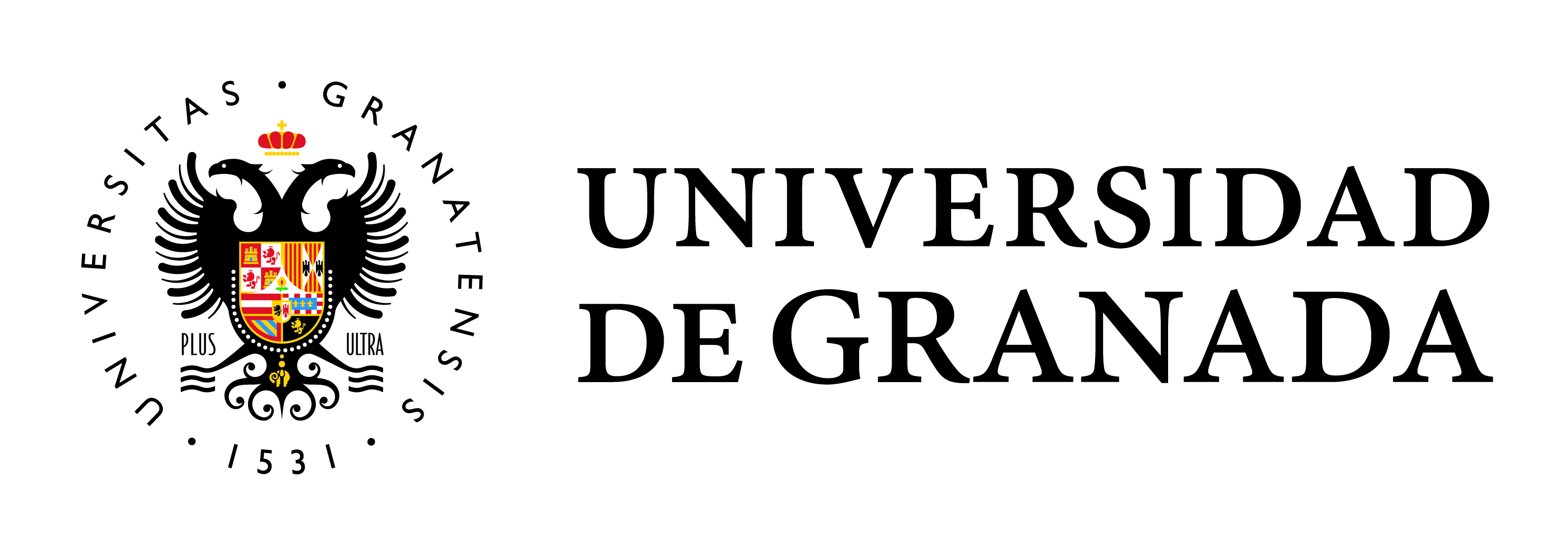The use of qualitative maps for urban integration: the case of a popular neighborhood of Aglomerado Gran San Miguel de Tucumán (Northwest Argentine)
Main Article Content
Abstract
The socio-spatial transformation processes that cities are going through require rethinking urban research strategies and incorporating information gathering tools that take into account the perception that people have of their environment. This article aims to investigate the way in which the inhabitants of informal settlements perceive their own space, through the elaboration of qualitative maps. The realization of these maps seeks to understand the socio-spatial reality from the perspective of the social actors involved. Its construction allows to highlight situations of inequality both in a micro scale to analyzing specific areas within cities, and on a macro scale to considering these results in relation to the rest of the city. The proposed methodological approach combines the use of qualitative techniques that are articulated with participatory strategies. Its development is taken as a case study on Barrio 11 de Enero, located to the northwest of the agglomerate Gran San Miguel de Tucumán (northwestern Argentina). It is located in the most degraded areas, in an environment characterized by high rates of informality, vulnerability and poverty.


